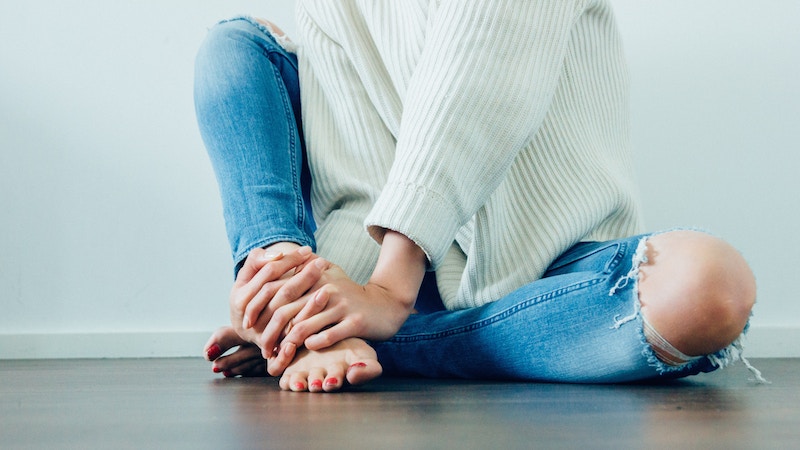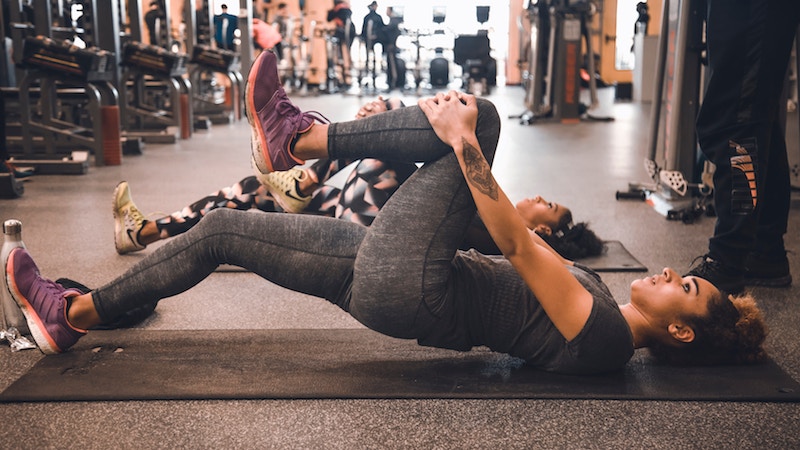Most women will admit that having a monthly cycle is a pain in the neck – it can affect your mood, energy, or the desire to socialise – plus many other things. But did you know that the hormonal changes surrounding your menstrual cycle also affect the function of the ligaments in the body?
Most people are familiar with lower back pain or pelvic pain associated with a cycle, but there is also an increase in reported incidences of knee pain during this time too. Recent research suggests that females are more likely than males to suffer knee injuries. Menstrual cycle-related changes in the nerves that control muscle activity could explain why.
A study into the incidence of ACL injuries in female soccer players found that the firing rates of nerves controlling muscle activity were much higher in the week before a woman’s next period compared with earlier in the menstrual cycle. This difference in nerve activity may affect the stability of the knee joint and possibly make it more susceptible to injury during this week.
In addition to being more susceptible to injury, ligaments have also been shown to undergo a decrease in proprioceptive properties at particular times in the menstrual cycle. This change might not be directly linked to specific hormone levels, but rather to accessory phenomenon such as associated fluid retention that affects sensory feedback from the mechanoreceptors in the muscle. Regardless of the mechanism, anecdotal evidence suggests that the ability to control your body’s position in space may become compromised during certain phases of your menstrual cycle.

The hormones involved in the cycle – oestrogen, progesterone, and relaxin, among others – are known to play a role in muscle tone and joint laxity. Exactly what role these hormones might play and what the implications are for injury avoidance remains controversial and further study is certainly underway. For now we know that women are more susceptible to knee injuries and that cyclical patterns may impact the times of the month in which these injuries are more likely to occur.
So next time you feel a bit wobbly on your feet or clumsy, have a think about what phase of your cycle you are in and if you might need to adapt your training to suit your body’s natural state. For more information on how to monitor your training around your menstrual cycle, book a consultation with one of our female health practitioners today.
If you would like to speak with our practitioners about your exercise program during your menstrual cycle, please feel free to ask a question, contact us or email us at: info@melbourneosteopathycentre.com.au

